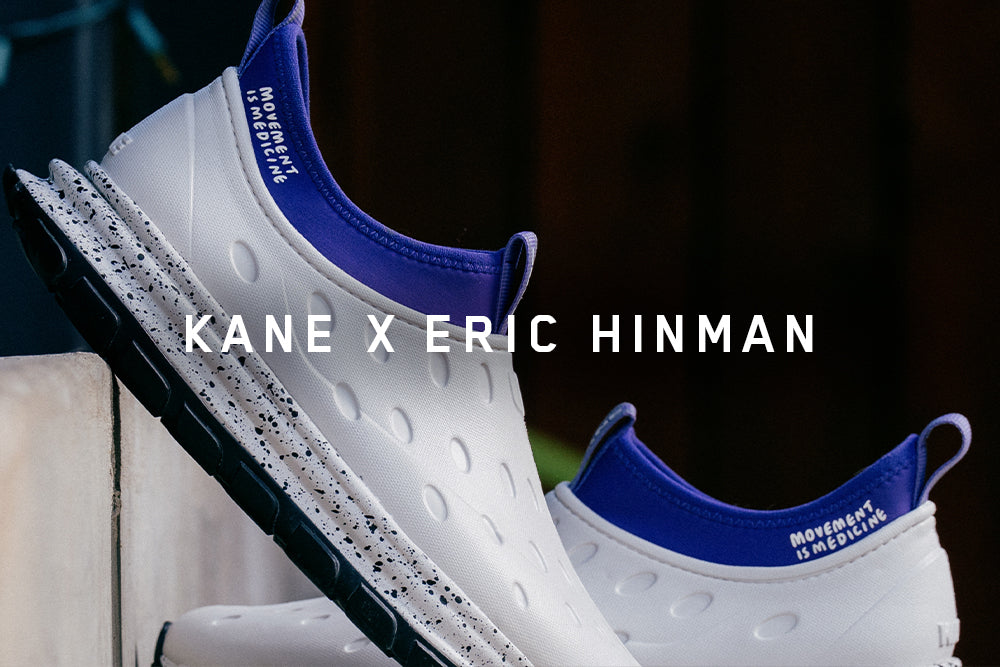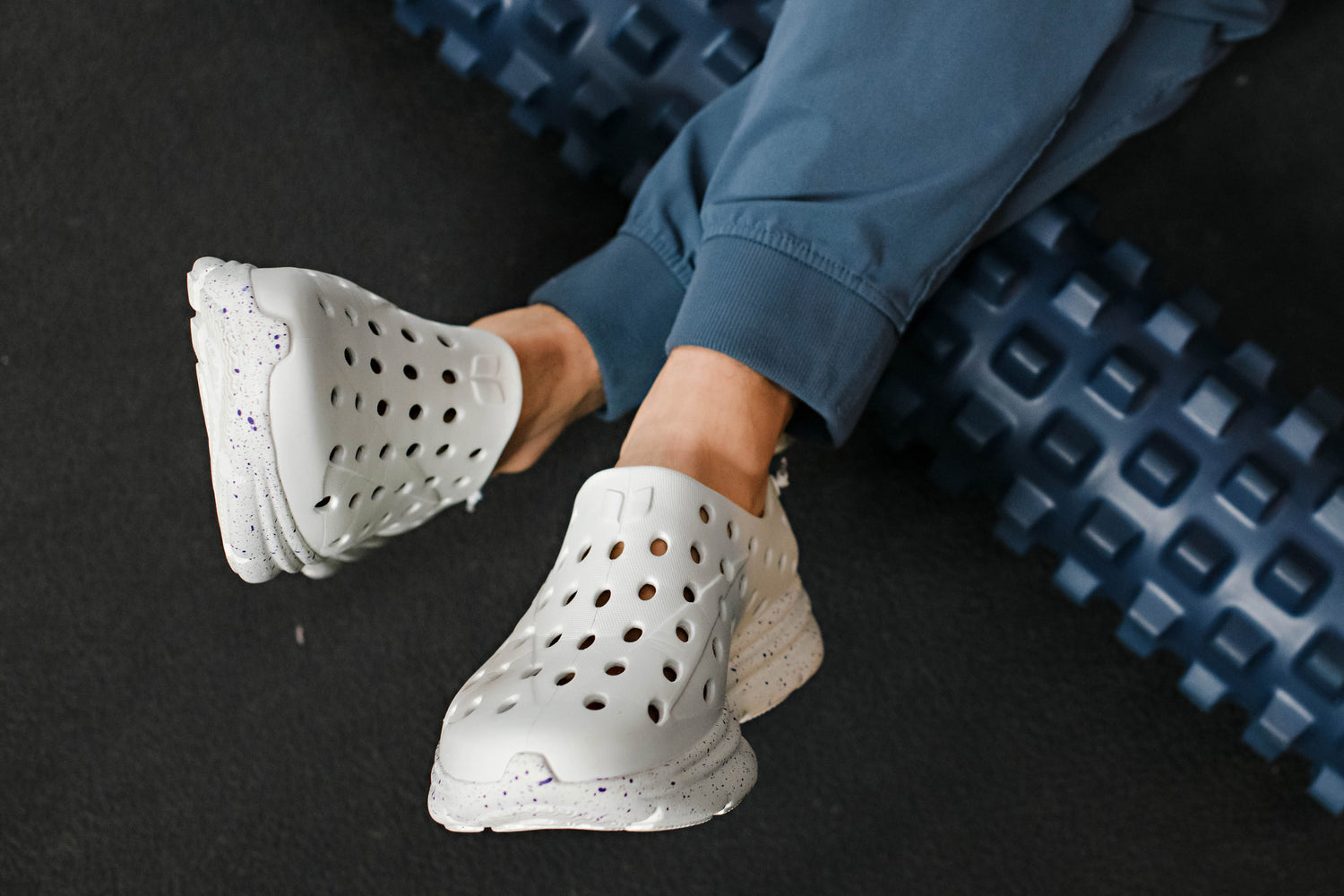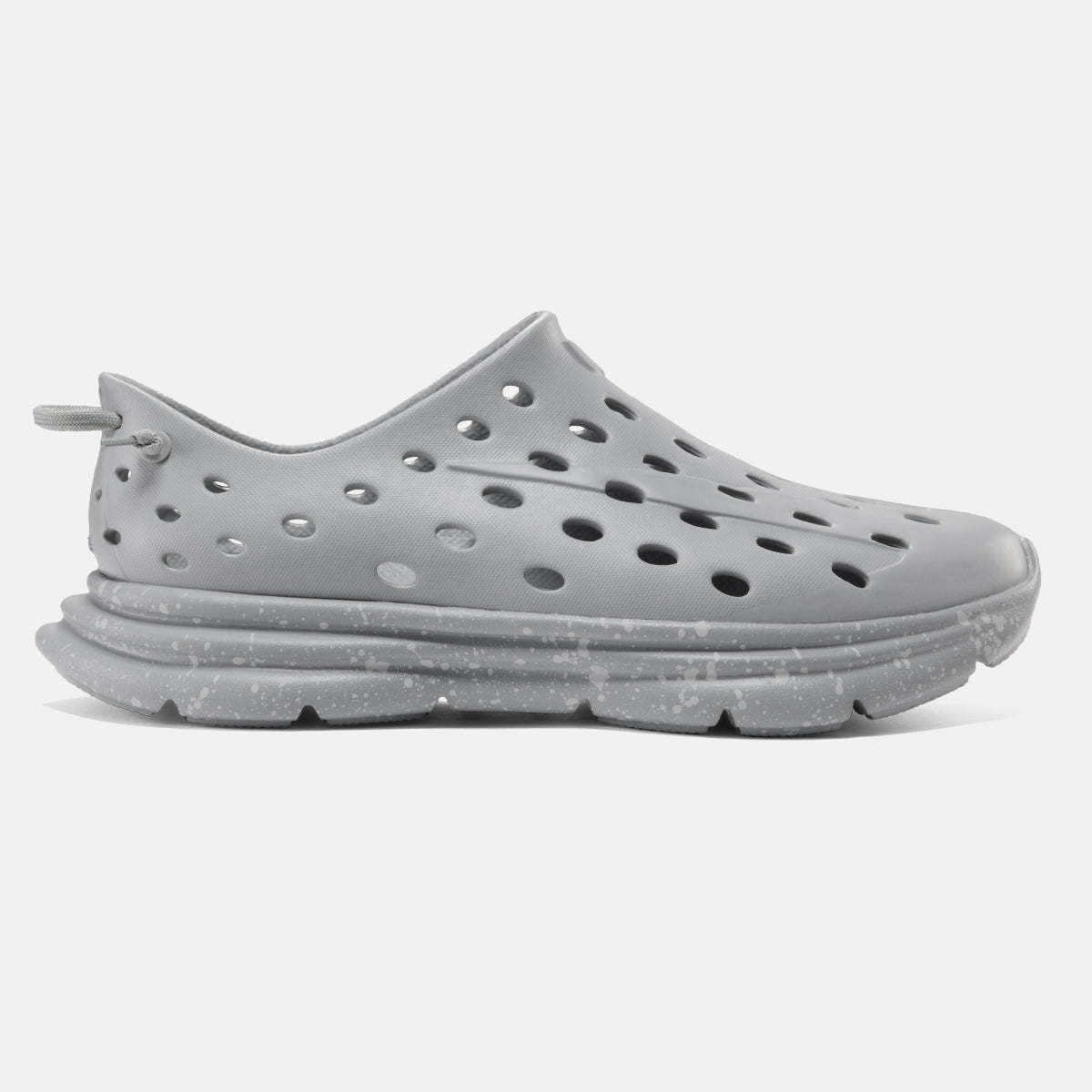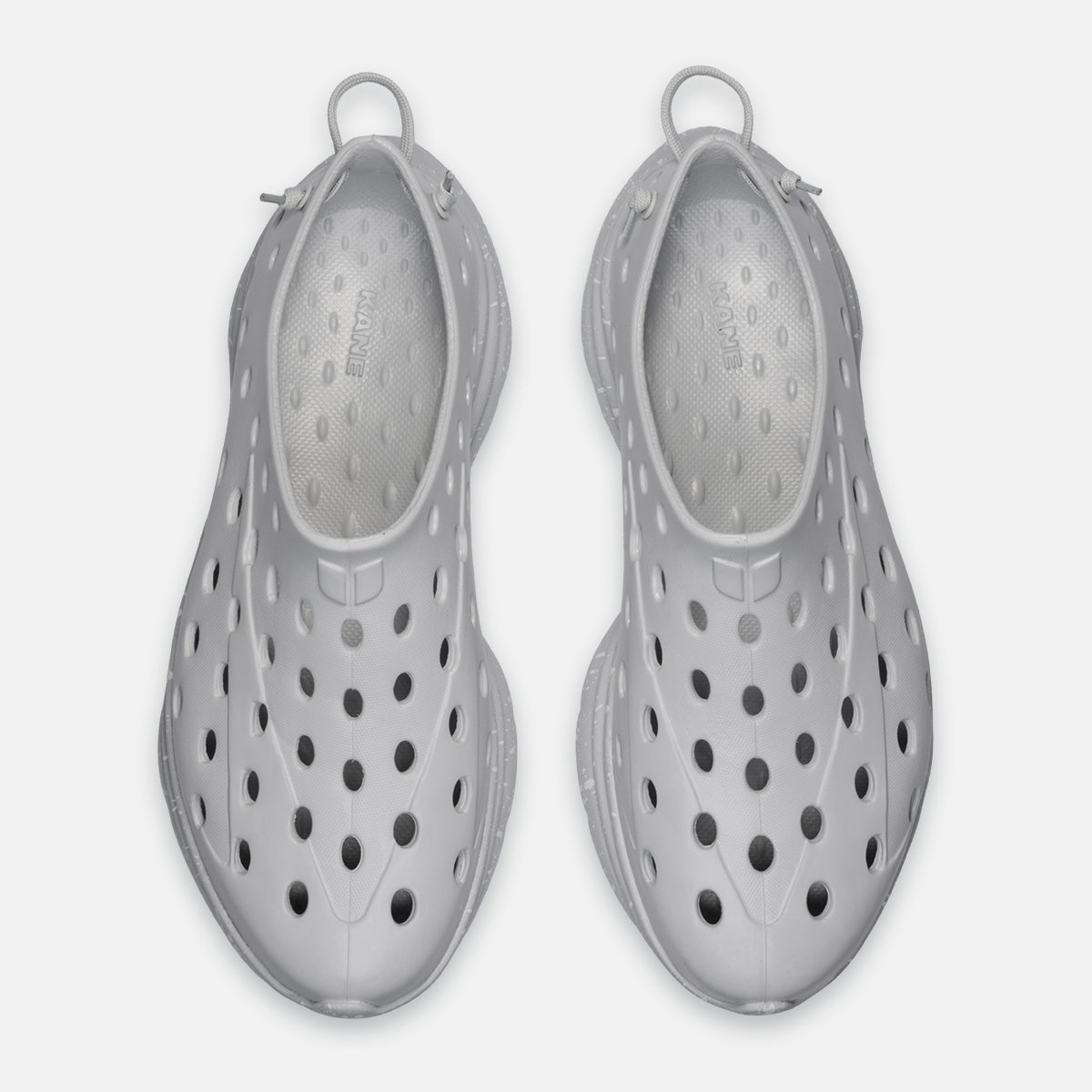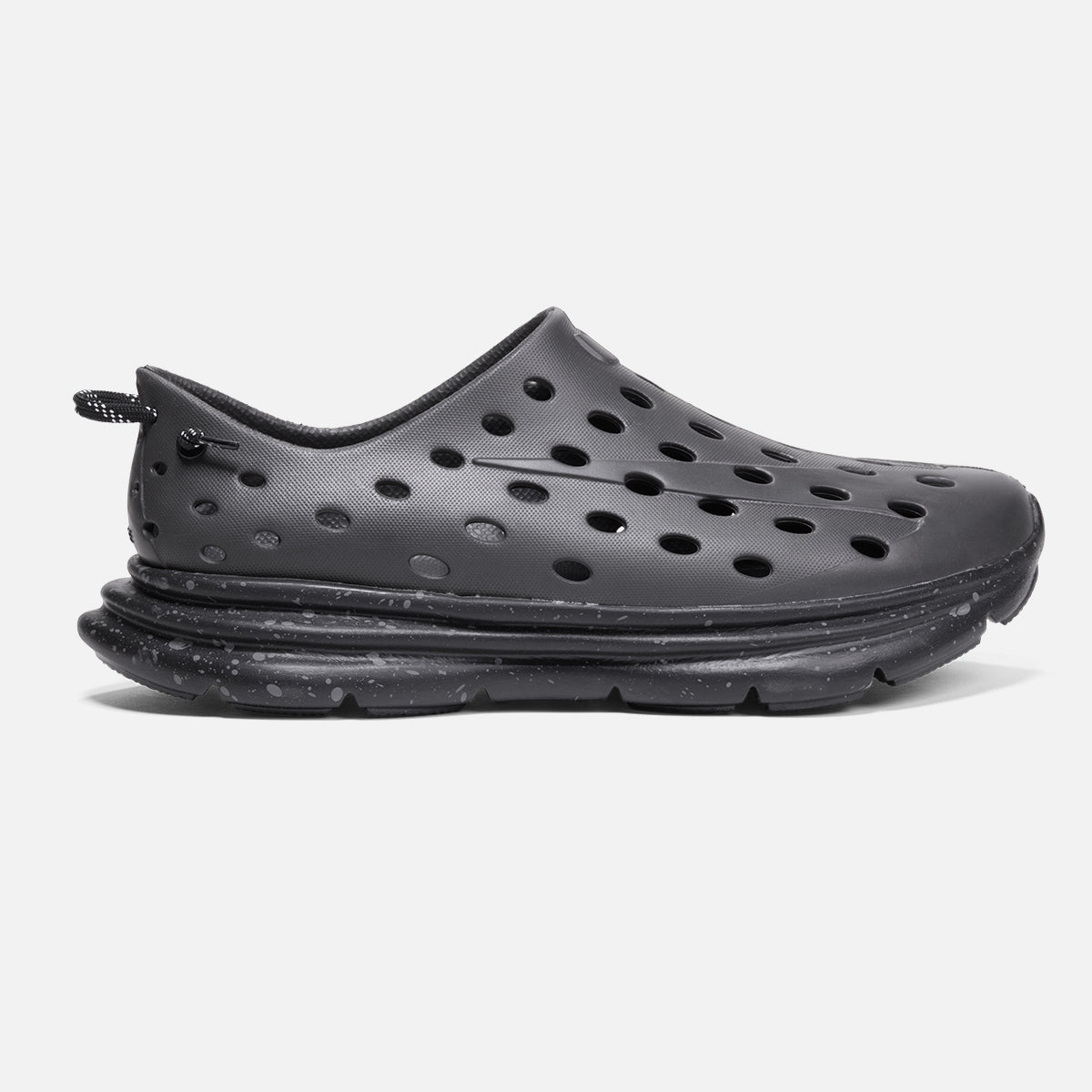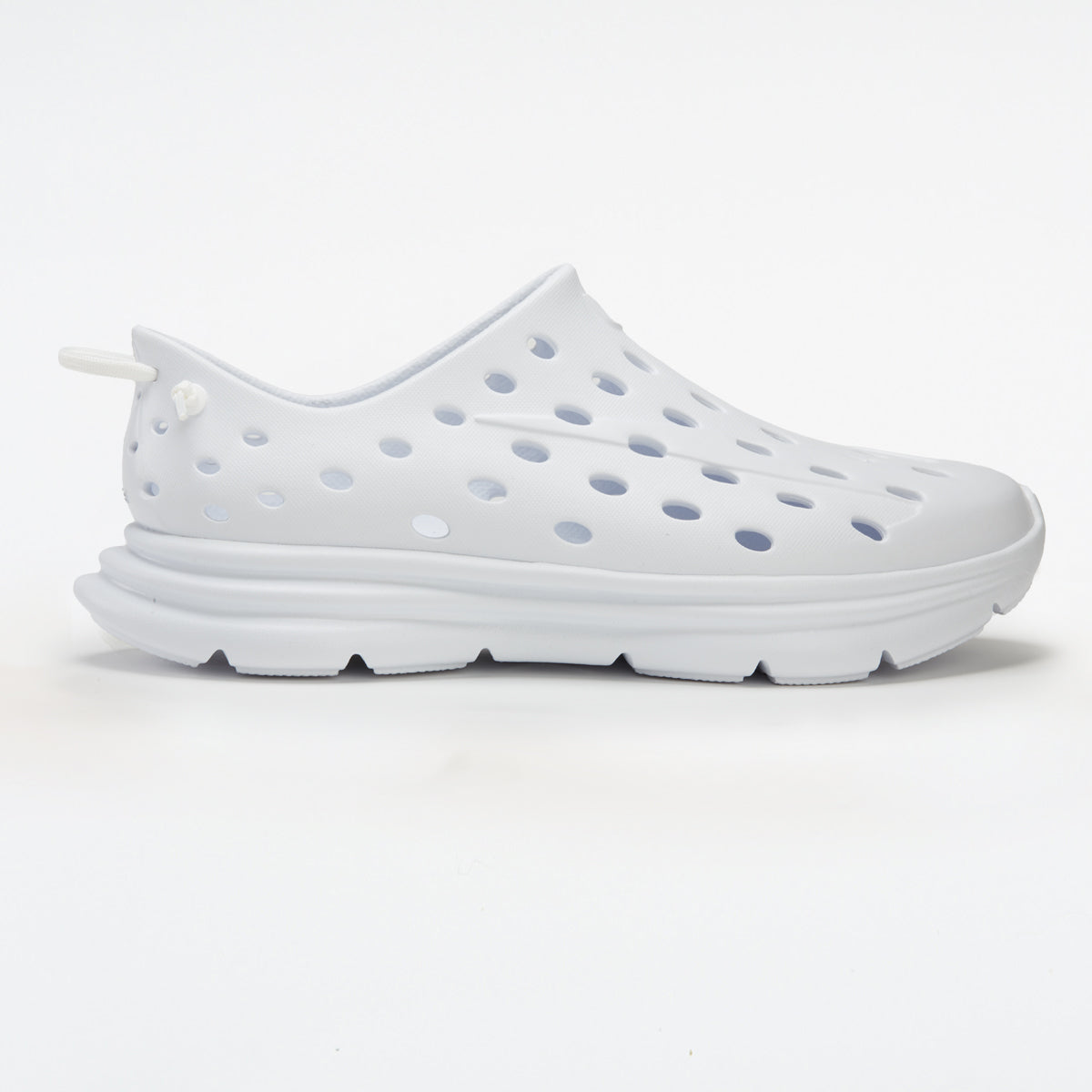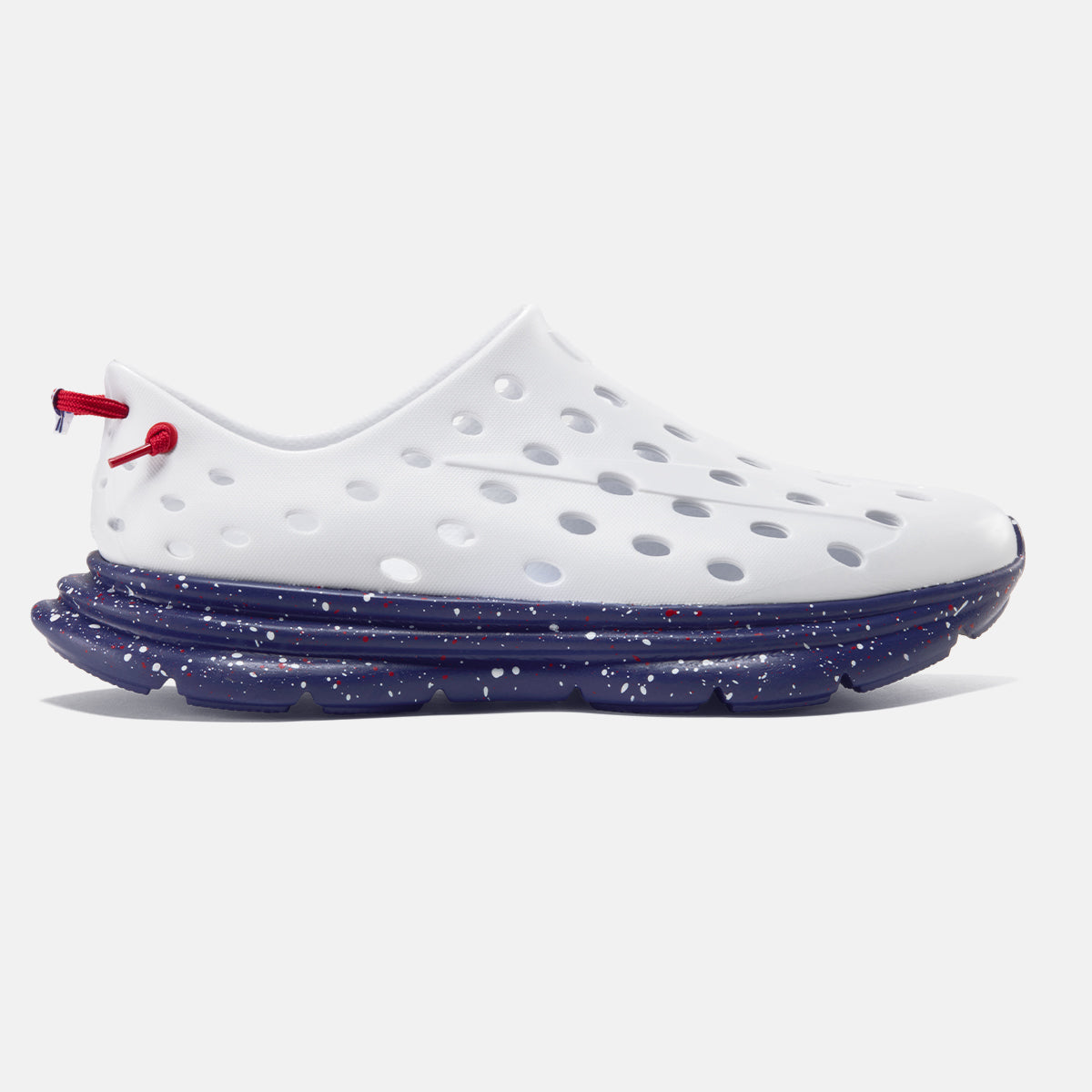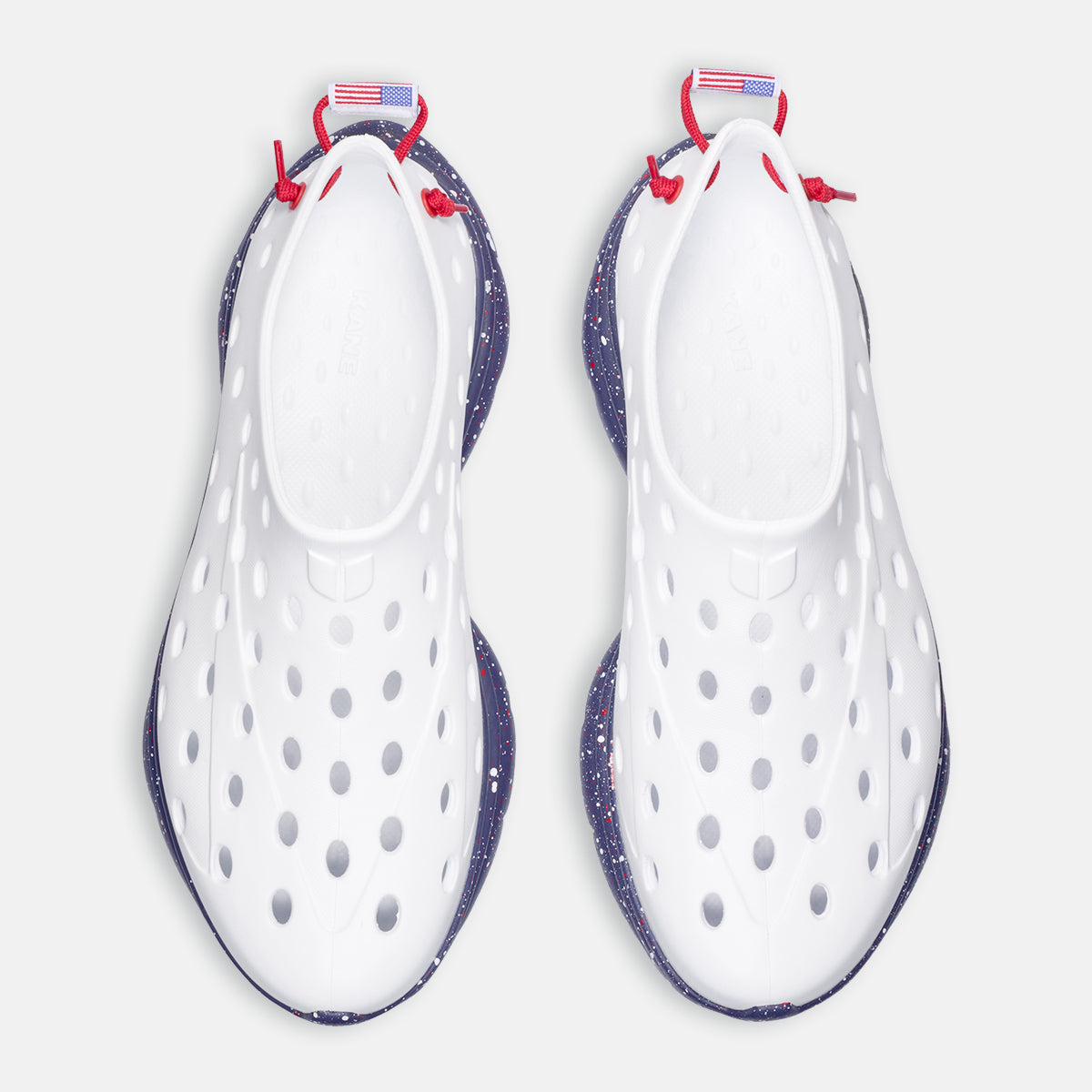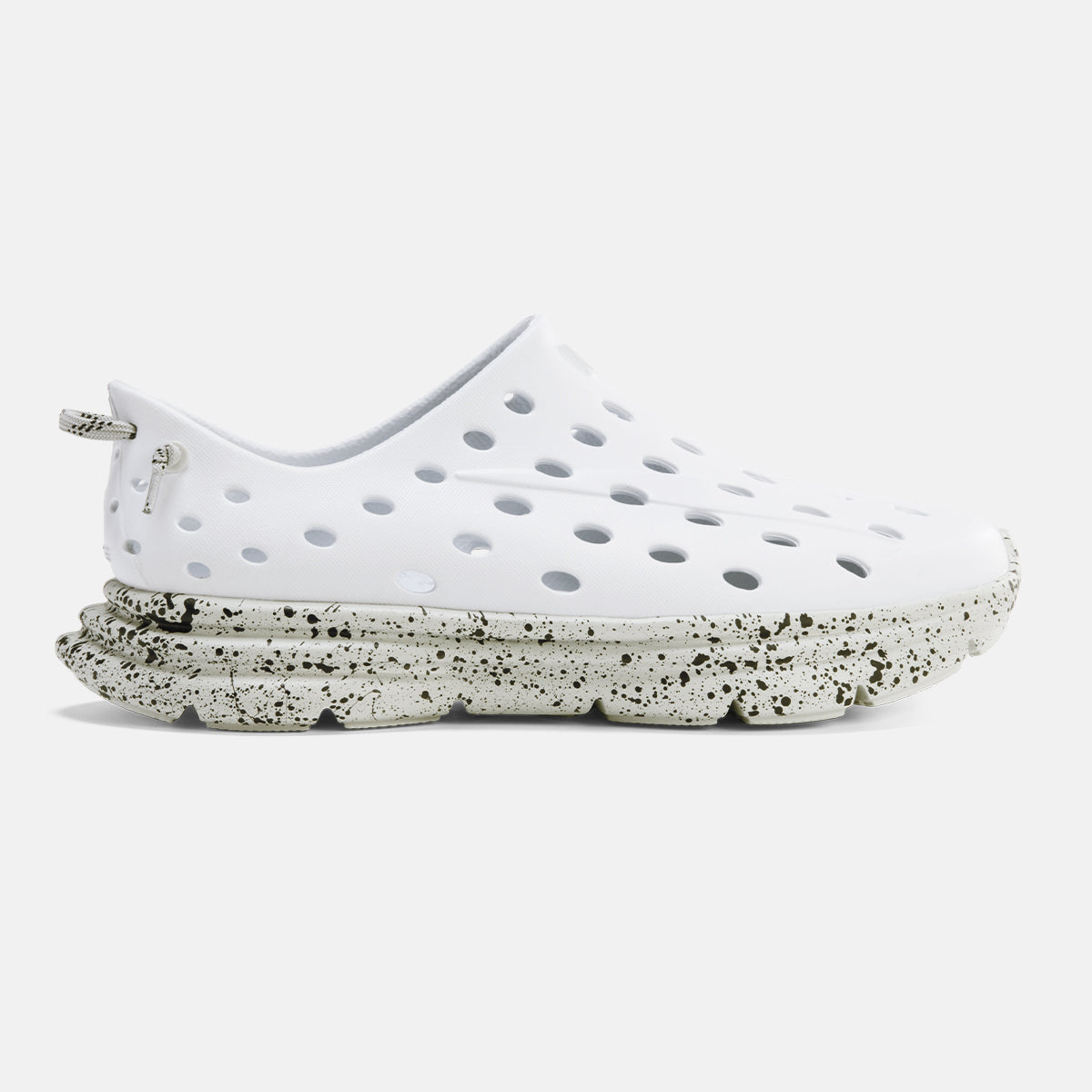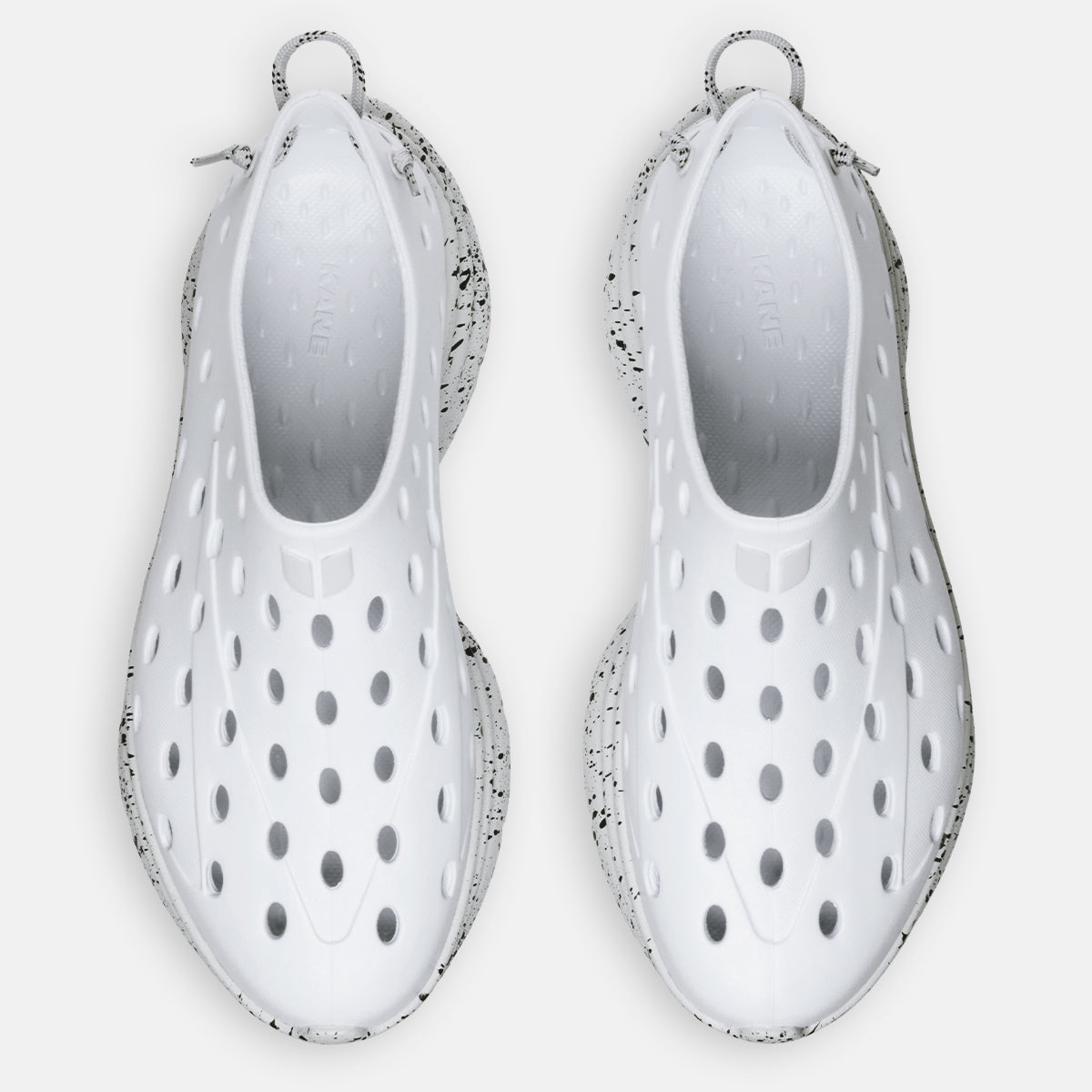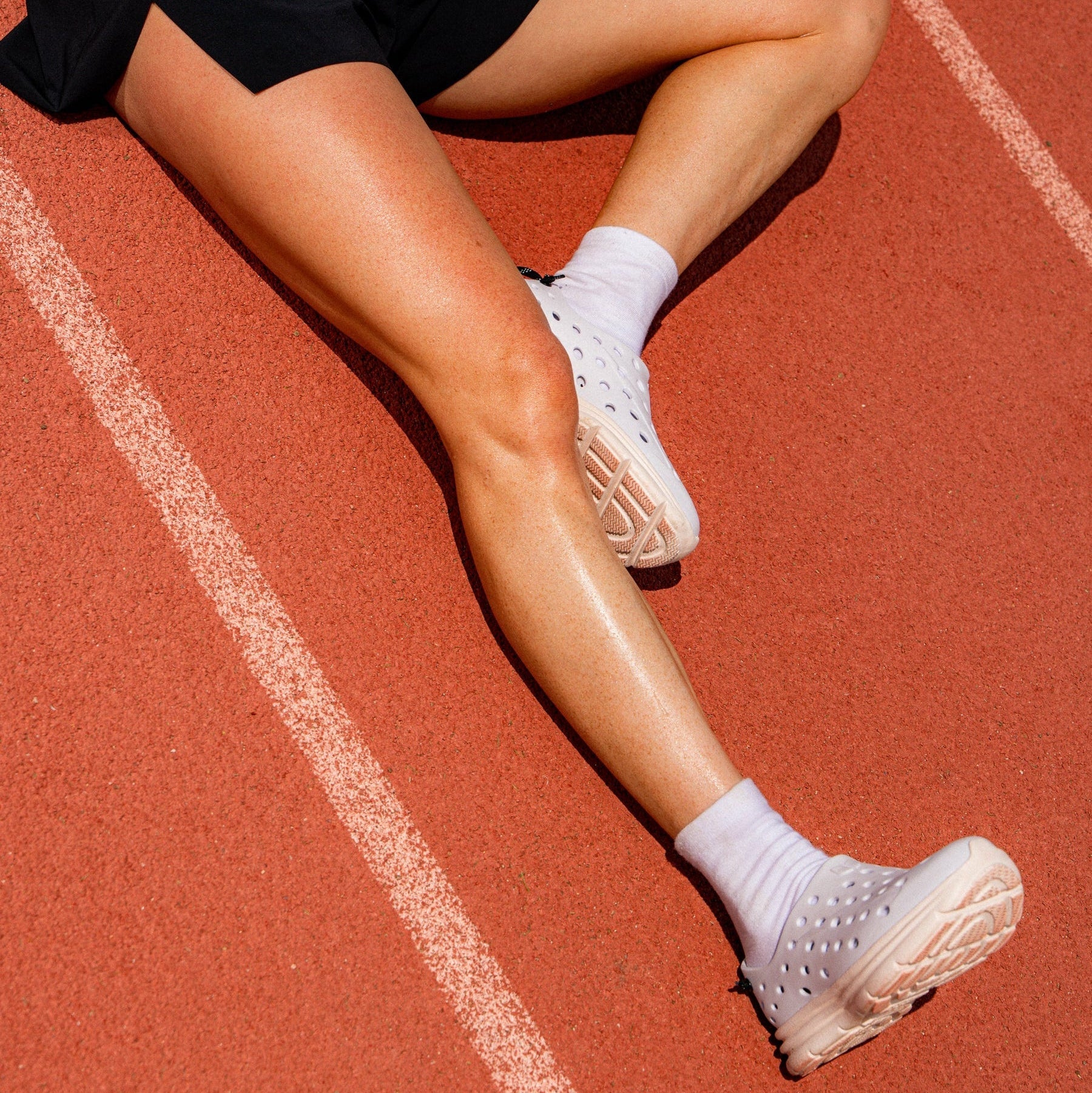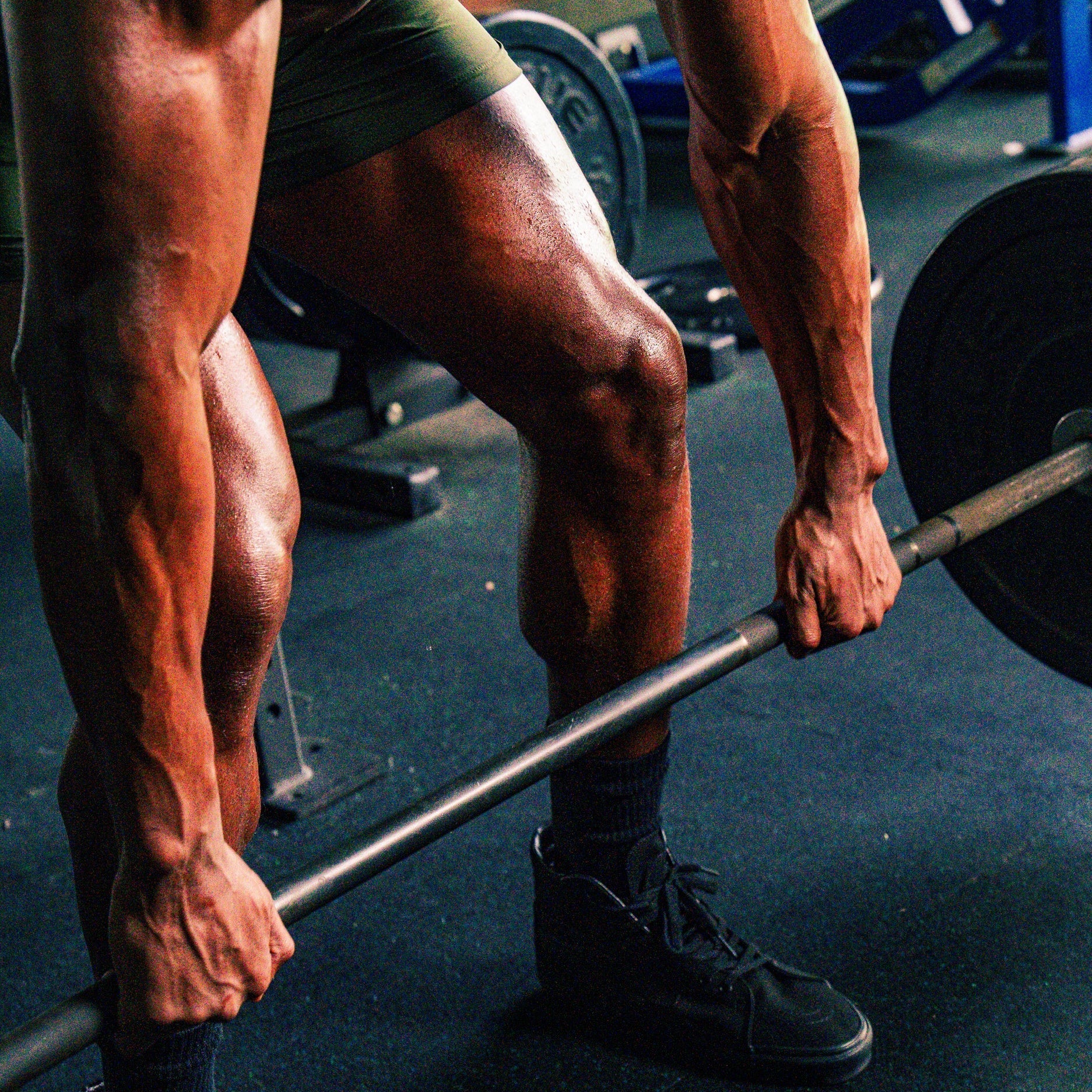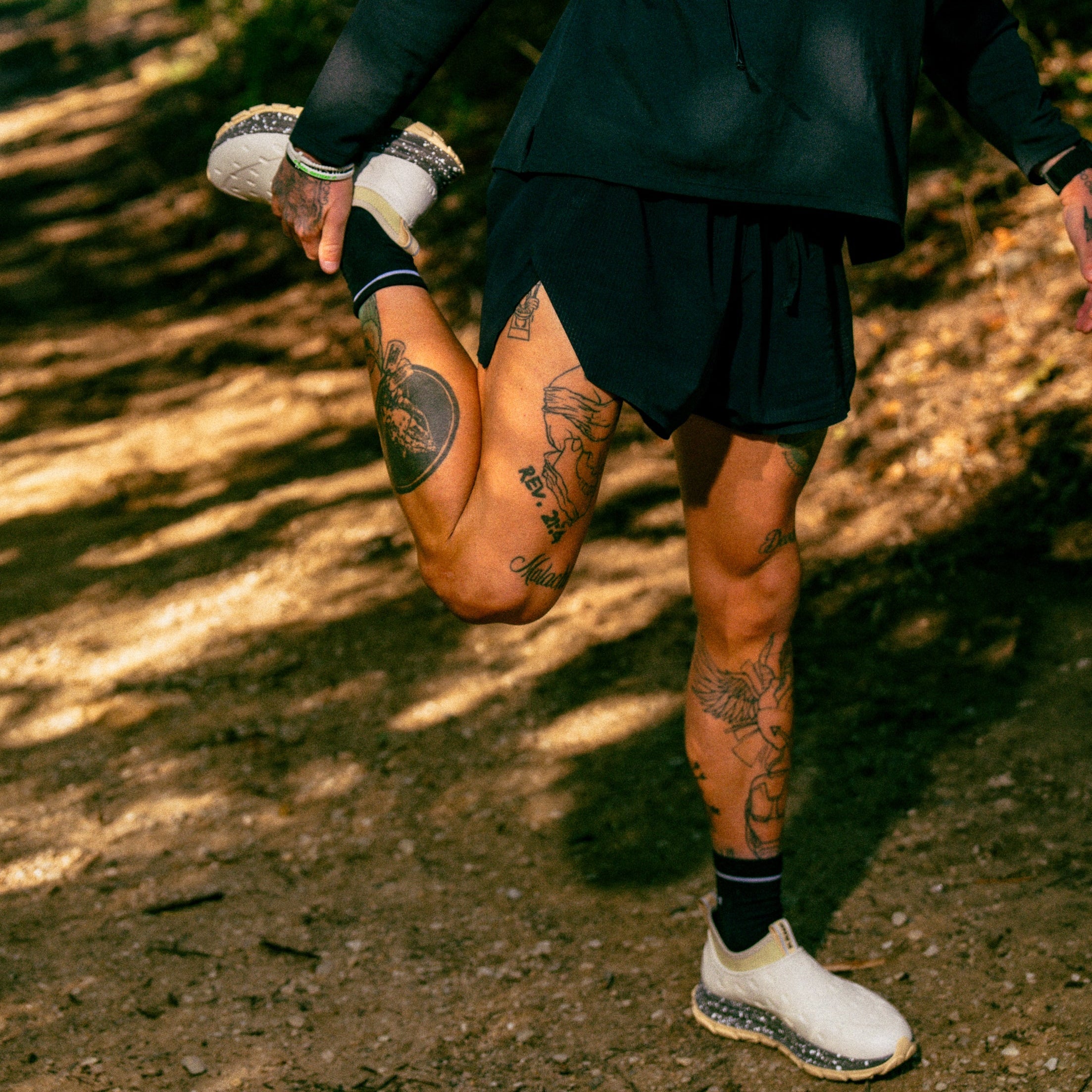As a runner, you've likely spent hours perfecting your stride, tracking your times, and pushing your limits. But what about the time spent outside of running? Recovery is a crucial part of any training regimen, yet many runners often overlook it. This is where recovery shoes come into play.
You may be wondering: Do runners really need recovery shoes? The answer depends on how seriously you take your recovery and the long-term health of your feet. In this article, we'll explore why these shoes are becoming an essential part of the runner's toolkit, what makes the best recovery shoes stand out, and how they benefit not just athletes but anyone who leads an active lifestyle.
Understanding the need for recovery shoes
Before discussing the benefits, let's clarify what recovery shoes are. These specialized shoes are designed to provide your feet with the support and cushioning they need after intense physical activity. Unlike regular running shoes, recovery footwear is meant to aid recovery by absorbing shock, reducing stress on the muscles, and promoting natural foot alignment.
The best recovery shoes feature advanced cushioning, arch support, and breathable materials to help your feet recover faster after a long run. Whether you slip into a pair of recovery sandals after a workout or use closed-toe options for colder days, the purpose is the same: giving your feet the rest they deserve.
Why recovery matters for runners
Recovery isn't just a luxury; it's a necessity, especially for runners. Your feet bear the brunt of your running routine, absorbing impact with every stride. Over time, this can lead to fatigue, muscle soreness, and even injuries. Recovery shoes help reduce these risks by supporting your feet during the passive recovery phase.
For runners, wearing recovery shoes after a workout can improve recovery time, reduce muscle soreness, and help manage symptoms of overuse injuries such as plantar fasciitis and Achilles tendonitis.
Benefits of recovery shoes for runners
Runners are always looking for ways to optimize performance and stay injury-free, but many overlook the role of recovery in achieving these goals. Recovery shoes are designed to support your feet during the critical downtime between runs, helping to relieve stress, reduce fatigue, and promote good foot health.
Whether you're an elite athlete or a casual runner, the right recovery footwear can make all the difference in how quickly and efficiently your body bounces back after a workout. Let's explore the key benefits that recovery shoes offer to keep you on track, whether you're running errands or training for your next race.
Enhanced support
One of the primary benefits of wearing recovery shoes is their enhanced support. Makers have designed these shoes to provide more arch support than your typical sneakers, helping alleviate the stress on the foot muscles after a run. This is particularly beneficial for runners who often have sore arches.
Additionally, many recovery shoes have features like deep heel cups and cushioned soles, offering the structure your feet need to recover properly.
Reduced muscle fatigue and soreness
After a long run, your muscles—especially those in your feet, calves, and Achilles tendon—need rest. Recovery shoes absorb much pressure on these areas, allowing your muscles to relax and recover. This helps reduce overall soreness and fatigue, making it easier to get back on the road, trail, or track the next day.
Many runners notice the difference, whether using recovery slides for quick relief after a sprint session or more structured shoes for all-day recovery.
Improved circulation and blood flow
Good circulation is crucial for post-run recovery. Active recovery shoes can help improve blood flow to your feet and lower legs by promoting better alignment and reducing pressure points. This increased circulation promotes faster muscle recovery, helping you bounce back quicker after strenuous activities.
Longevity and injury prevention
Many recovery shoes are designed with long-term health in mind. Consistent use of the right recovery shoes can help prevent overuse injuries by offering great arch support and cushioning. This is especially important for those training for marathons, engaging in intense workouts, or logging high weekly mileage. The enhanced comfort and support help ensure you stay on your feet for the long run.
Types of recovery shoes and their uses
Not all recovery shoes are created equal, and finding the best shoes for your lifestyle can significantly impact their effectiveness in aiding recovery. From breathable slip-on recovery shoes perfect for post-workout relaxation to toe coverage for colder climates, there are several choices to consider.
Whether you're seeking convenience, sustainability, or enhanced foot support, understanding the different types will help you select the best pair for your needs. Let's dive into the various recovery shoe options and how they can fit into your routine.
Slide-on recovery sandals
Slip-on recovery shoes are a great choice if you're looking for convenience and comfort. These open-toe designs are easy to wear after a long run, providing immediate relief with minimal effort. They're also breathable, making them perfect for warm weather or post-gym relaxation. Whether you're using them for a quick recovery after a hard workout or to wear around the house, these recovery sandals are a versatile option.
Closed-toe recovery shoes
Closed-toe recovery shoe options offer additional support and protection for those needing more coverage. These shoes are ideal for colder months or environments where you need more stability. They provide the same cushioned benefits as slip-on recovery shoes but with added durability.
Eco-friendly recovery shoes
As consumers become more eco-conscious, recovery footwear is evolving. Brands increasingly offer sustainable options, using recycled materials or biodegradable components to craft the best overall recovery shoes. This trend appeals to those looking to make environmentally responsible choices without sacrificing comfort or performance.
Customizable orthotics
Customizable active recovery shoe options are available for those with specific foot conditions. These shoes allow room for inserts or adjustments that cater to your unique foot shape, offering personalized comfort and support.
Discover Kane Recovery Shoes!
Kane’s recovery shoes provide excellent support, comfort, and durability for those in need of top-notch recuperative footwear. Featuring an adjustable hook-and-loop single-strap synthetic upper, plush TPR footbed, and durable injected EVA outsole, these kicks come with all the right features to assist you during your rehabilitation journey.
Aside from providing quality products, they are also committed to sustainability. They have become a Certified B Corporation while dedicating 1% of their overall profits to environmental charities.
When and how to wear Kane Revive
The best moment to wear most recovery shoes is directly after a strenuous activity such as running or exercising. This helps minimize inflammation and launch the healing process. To guarantee maximum comfort and effective recuperation, make sure that you are wearing your recovery footwear correctly by tying up laces securely for a snug fit around your feet.
How recovery shoes compare to other footwear
While many types of footwear offer comfort and support, recovery shoes have a singular function: aiding your body's recovery after intense activity. Unlike regular running shoes, which prioritize performance, or casual shoes, which emphasize style, recovery footwear is built for rest and rejuvenation. But how do these specialized shoes stack up against your everyday sneakers or even athletic shoes? Let's take a closer look at how recovery shoes compare to other types of footwear and why they offer benefits that are hard to match.
Recovery shoes vs. regular running shoes
At first glance, recovery shoes may look similar to regular running shoes, but their purpose is entirely different. While running shoes are designed for performance and speed, a recovery shoe offers comfort and support after your workout is over. The sole construction in recovery shoes focuses more on shock absorption and cushioning than responsiveness.
Recovery shoes vs. casual shoes
You might wonder if your everyday casual shoes could double as a recovery shoe. While some casual shoes provide decent comfort, they often lack the specific support and cushioning needed for proper recovery. Wearing a recovery shoe after intense physical activity offers a much more targeted approach than typical casual shoes.
Who should consider recovery shoes?
Recovery shoes are not just for elite athletes. They offer benefits for many individuals who engage in physical activity. Whether you're a dedicated runner, a health and wellness enthusiast, or someone who spends long hours on your feet, the advantages of incorporating a recovery shoe into your routine can be substantial.
Understanding who can benefit from these specialized shoes is crucial for anyone looking to enhance their recovery process. Let's explore the different groups that can benefit from wearing recovery shoes and how these shoes can fit into their lifestyles.
Athletes and active individuals
Active recovery shoes are essential for athletes and those who lead busy lives. Whether you're training for a marathon, sprinting, or going for recovery runs, these shoes help you recover faster and more efficiently. They ensure you're ready for your next workout by minimizing muscle fatigue and promoting faster healing.
Health and wellness enthusiasts
Post-run recovery is critical to maintaining a balanced fitness regimen. The added support and comfort a good recovery shoe provides can make all the difference in maintaining proper foot health and alleviating tired feet.
Eco-conscious consumers
For those who prioritize sustainability, eco-friendly companies such as Kane are leading the charge in the recovery space. The Kane Revive combines scientific principles with sustainable materials to create footwear that helps athletes recover in comfort and style.
Casual footwear users
Even if you're not a runner, you might want to wear recovery shoes if you spend a lot of time on your feet. These shoes can offer much-needed relief during long days, making them a great addition to anyone's wardrobe.
Tips for choosing the right recovery shoes
Selecting the perfect pair of recovery shoes can be a game-changer in your post-activity routine. With various styles, features, and materials available, it's essential to know what to look for to ensure you get the best support and comfort for your feet.
Whether you prioritize cushioning, fit, or sustainability, making an informed choice will enhance your recovery experience and help you bounce back quicker after workouts. In this section, we'll share valuable tips to help you choose a recovery shoe that meets your needs and preferences.
Comfort and fit
Comfort and fit should be your top priorities when shopping for the best recovery shoes. Make sure the shoes provide adequate arch support, cushioning, and breathability. A well-fitted recovery shoe will enhance your active recovery process.
Support features to look for
Key features include strong arch support, cushioned soles, and flexible materials. Look for shoes that fit snugly but don't compress your feet too tightly.
Sustainability options
If you're an eco-conscious buyer, consider bio-based EVA shoes such as Kane's, made from sustainable materials. This way, you can support both your recovery and the planet.
Conclusion
So, do runners really need recovery shoes? Absolutely! Whether you're a competitive athlete or someone who enjoys casual recovery runs, the benefits of a recovery shoe are undeniable. From injury prevention to faster muscle recovery, investing in the right recovery shoes can have a lasting impact on your performance and overall foot health.
Explore your options and find the best recovery shoe for your needs—you'll feel the difference in your next run.
Frequently asked questions
Do you need a recovery running shoe?
Investing in a recovery running shoe is beneficial if you're serious about running and want to enhance your recovery. These shoes provide maximum cushioning and support, helping to alleviate foot pain after intense training sessions. They're designed to activate blood flow and improve circulation, making them ideal for recovering from tough workouts. While some runners may opt for regular shoes or even flip-flops, recovery shoes offer just enough arch support to help manage issues like plantar fasciitis pain, especially for those with flat feet.
Who should wear recovery shoes?
Recovery shoes are ideal for anyone who engages in regular physical activity, including professional athletes and weekend warriors. If you experience heel pain or have had issues like plantar fasciitis, these shoes can provide supportive footwear that helps reduce discomfort. They're also great for those who stand all day, offering thick cushioning and a roomy toe box for comfort. Ultimately, wearing a recovery shoe is a personal preference that can benefit anyone looking to enhance their recovery routine after a tough workout or other rigorous exercise.
Do recovery shoes actually work?
Yes, recovery shoes are designed to work! The American Podiatric Medical Association has even awarded some models an APMA Seal of Acceptance. They often feature a compression molded EVA midsole that provides superior cushioning compared to traditional foam. This helps absorb impact and reduces soreness in your feet and legs after running. Many wearers report a noticeable reduction in foot pain and faster recovery times, especially after intense training sessions. The mesh upper allows for breathability, making them extremely comfortable for post-workout wear. Overall, they are a valuable addition to help any runner reach the finish line.
Are recovery shoes good for standing all day?
Absolutely! Recovery shoes are excellent for individuals who spend long hours on their feet. Their cushioning and supportive footwear design help alleviate fatigue and discomfort associated with standing. Unlike flat-soled slip-on shoes, recovery shoes offer the right balance of comfort and support, making them a smart choice for those on the go.


